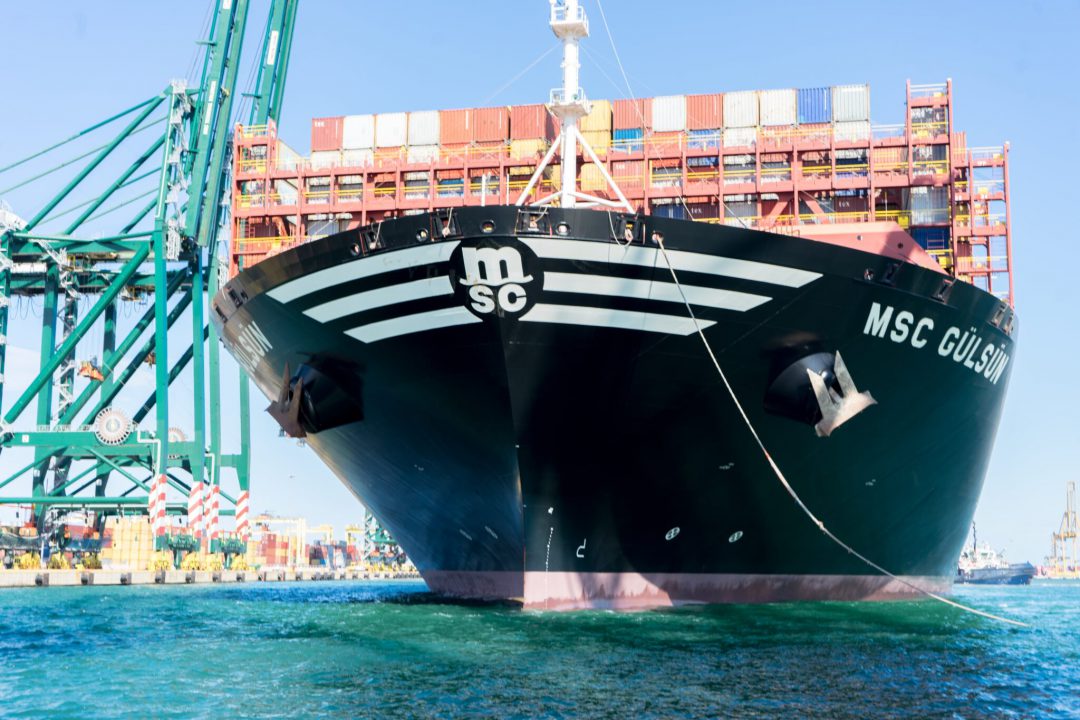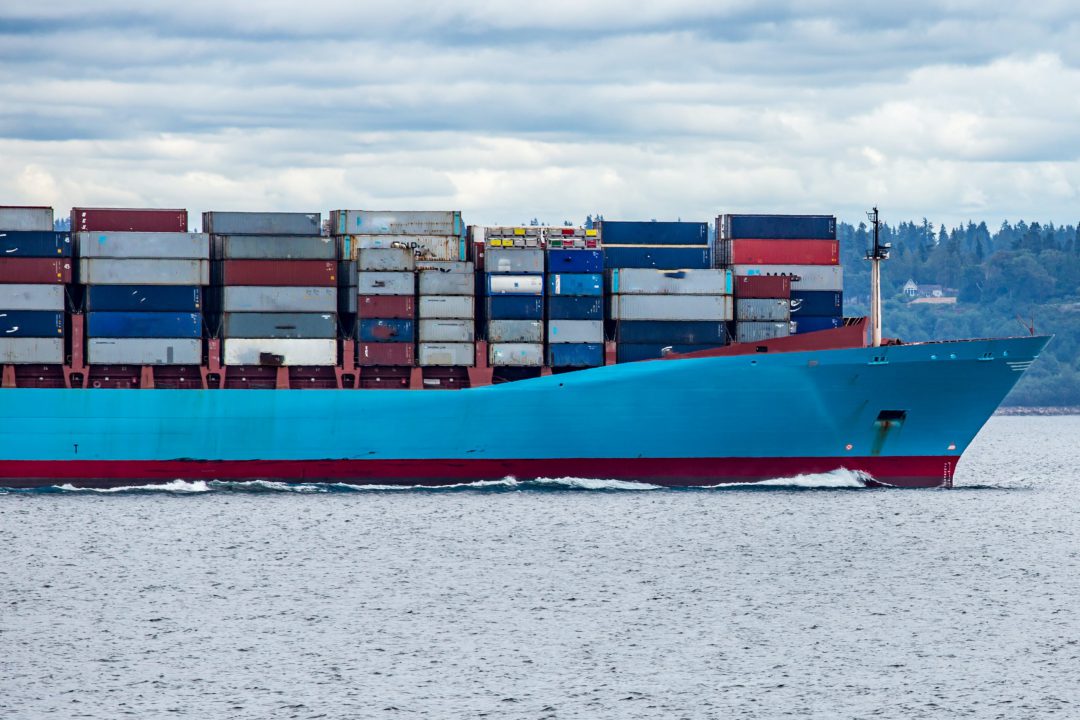DP World is accelerating its adoption of renewable energy at the Port of Santos, Brazil’s leading multipurpose private terminal, as a vital step in its global strategy to achieve carbon neutrality by 2040.
The initial phase focuses on replacing diesel fuel with electric power for the Santos terminal’s Rubber Tyred Gantry (RTGs) container handling cranes. A total of 22 diesel-fueled units will be electrified, by the end of next year, with an investment over 80 million Brazilian reais ($16.2 million).
The first RTG machine in the fleet already operates sustainably on 100% electric power and by the end of 2023, another four machines will be converted.
The electrification process works through a system of overhead cables similar to electric buses. Applying this innovative technology to RTGs will not only reduce the terminal’s diesel consumption by up to 60%.
“The conversion of the RTGs is a critical step in our decarbonization efforts and aligns with our overall focus on sustainability. In addition to improved environmental care and climate performance, this change is also expected to bring additional operational benefits, as the technology offers low maintenance costs, increased productivity of the RTGs, and improved equipment reliability,” explained Fábio Siccherino, CEO of DP World Santos.
DP World’s Executive Vice President, International Projects Mohammed Al Muallem met with Geraldo Alckmin, Vice President of Brazil in Brasilia this week to discuss cooperation and DP World’s planned investments at the Port of Santos. DP World is already investing US$35 million this year to expand and modernise its facilities. The company has an additional 130,000 square meters available for expansion in the port area and has been working intensively on cargo diversification and developing logistical solutions that serve the entire international trade chain.
The Santos terminal is already one of the largest and most modern private multi-purpose port terminals in the country. The expansion will increase annual container handling capacity from 1.2 million TEUs to 1.4 million TEUs and expand the size of the quay from 1,100 metres to 1,300 metres. This is DP World’s third round of investment since it began operations in July 2013. ensuring port capacity remains ahead of growing demand.
Environmental initiatives in Brazil
The RTG electrification project is part of a global sustainability strategy called “Our World, Our Future,” which guides and directs DP World’s responsible actions globally, Under the strategy, DP World will adopt renewable energy sources for all its port equipment across the 75 countries where it operates.
Last year, Chairman and Group CEO, Sultan Ahmed Bin Sulayem, announced that the company intends to invest up to $500 million to reduce global carbon emissions from its operations by nearly 700,000 tons over the next five years. It has already cut direct carbon emissions from its global operations by 5% in 2022, according to its latest ESG report.
The strategy goes beyond decarbonization, with the aim of reducing the impact of supply chain activities on people, communities, and the environment.
DP World Santos became the first port terminal in Brazil to no longer send waste to landfills after implementing the Zero Landfill project last year. Instead, all waste generated at the terminal is either recycled or converted into sustainable energy for industrial activities. Since the beginning of the project, over 479.40 tons of solid waste have been diverted from landfills.
DP World Santos has also invested over R$12 million Brazilian reais ($2.4 million) in more than 30 projects focused on the region’s fauna and flora. It has also rescued over 35,000 plants and seeds, with biomass and plant waste reuse, and monitored coastal dunes and mangroves.
This is alongside the monitoring and management of terrestrial fauna in the region where the terminal was built, aiming to preserve species in locations authorized by Brazilian Institute of Environment and Renewable Natural Resources (Ibama), and the conservation of over 50 hectares of mangroves and coastal dunes in the surrounding area.

























